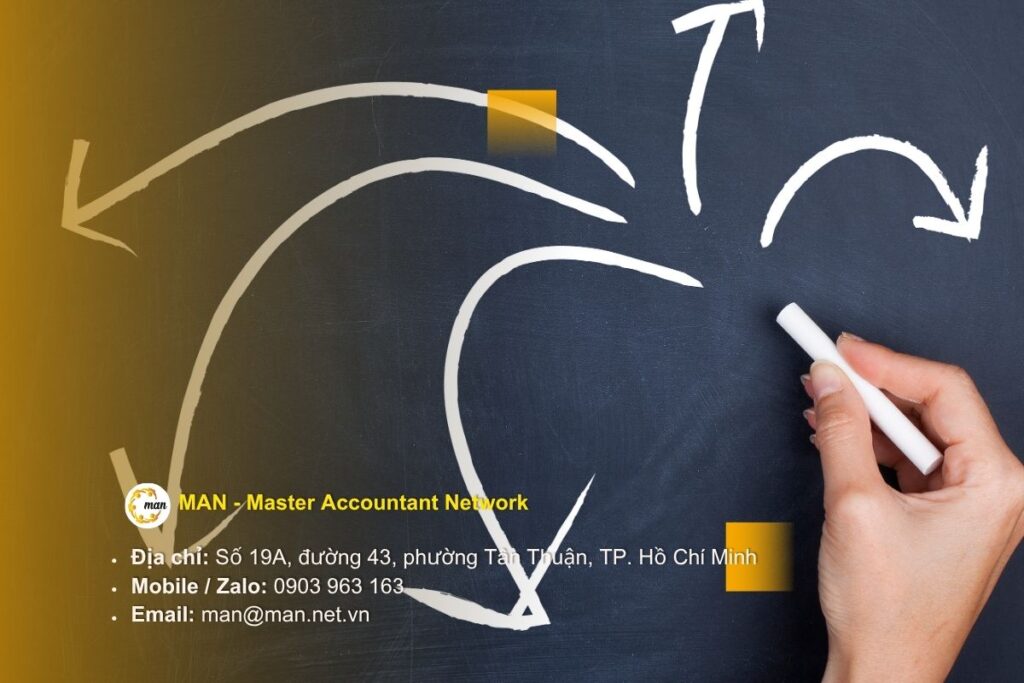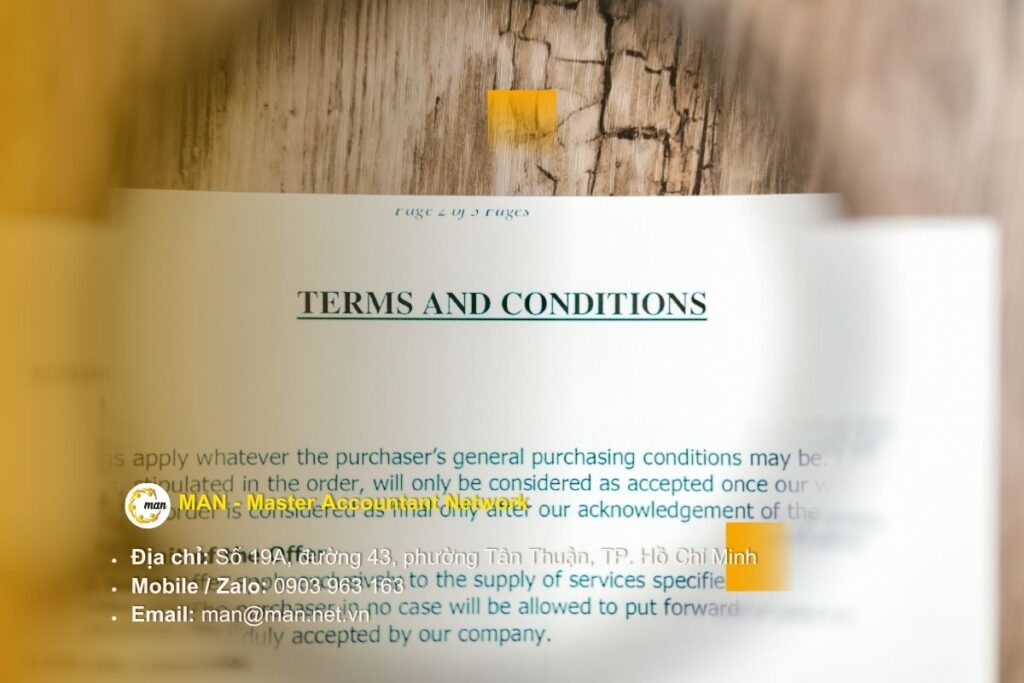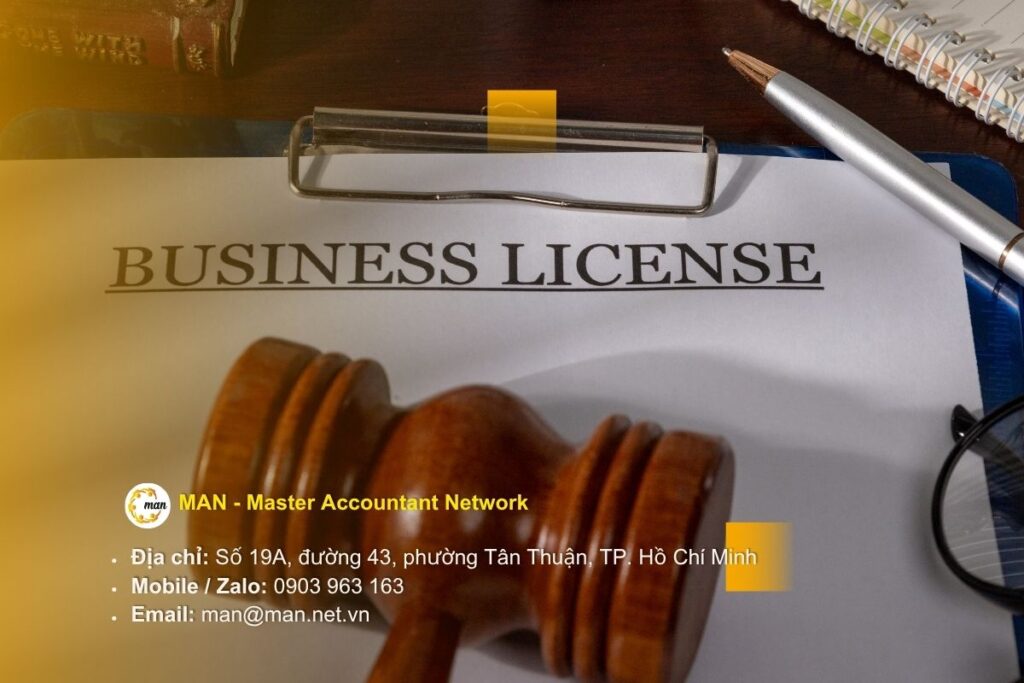Reporting to the tax authorities in related-party transactions is a key step to help businesses ensure transparency in cross-border transactions, comply with Vietnamese tax laws on transfer pricing and minimize the risk of being overcharged or adjusting profits. Through internal control of transaction records and archiving records according to legal standards, businesses can effectively manage records from Local File, Master File to cross-border profit reporting. This not only creates a solid foundation for the inspection process but also optimizes the ability to protect related-party transaction records and enhance reputation before tax authorities.
Concept and role of explanation to tax authorities
What is explanation to tax authorities?
Reporting to the tax authorities in related party transactions is the process by which enterprises provide information, records and detailed data on inter-company transactions to help tax authorities correctly assess market prices and comply with the arm's length principle. According to Vietnamese tax law and OECD standards, reporting is not only about submitting documents but also includes demonstrating the transparency and reasonableness of cross-border transactions.
The main role of accountability:
Ensure transparency in cross-border transactions, helping tax authorities understand the business's pricing structure and methods.
Demonstrate that intercompany transactions are executed at market prices according to the arm's length principle.
Role for business
Timely and complete reporting brings many practical benefits to businesses:
Support businesses to comply with Vietnamese tax laws and international standards, reducing legal risks.
Minimize the risk of tax arrears or profit adjustments due to incomplete records.
Improve tax risk management efficiency through detailed and transparent records system.
Illustrative example: A multinational company was inspected in Vietnam thanks to its complete pre-inspection records and detailed explanation of transactions, avoiding being charged 1 million USD, and at the same time proving that the valuation method according to the arm's length principle was reasonable.
Document content to be prepared before explanation

Transfer pricing documents and related reports
To effectively explain to the tax authorities, businesses need to prepare complete transfer pricing documents and detailed reports. Including:
Master File: Provides comprehensive information about the group, its subsidiaries and transfer pricing strategies.
Local File: Details of transactions between domestic companies and related items.
Transfer pricing documentation, demonstrating that the pricing method complies with the arm's length principle.
Appendix GDLK 01: Includes a list of transactions, values and valuation methods.
The complete preparation of these documents helps to provide transparent transfer pricing records, creating a basis for detailed reporting of related-party transactions and optimizing transfer pricing protection.
Business information and transfer pricing strategy
In addition to transfer pricing documents, businesses need to clearly present overview information and pricing strategies:
Corporate structure, ownership structure and subsidiaries, including domestic and foreign branches.
Transfer pricing strategies and valuation methods for tax authorities to correctly assess market prices.
Example illustrating hypothetical data: Global revenue of 1 billion USD, pre-tax profit of 120 million USD, as a basis for assessing the reasonableness of profit allocation.
Detailed presentation helps to clarify cross-border transactions and improve the efficiency of tax risk management.
Cross-border affiliate trading
When explaining, enterprises need to summarize and fully describe cross-border related transactions:
List transactions of goods, services, and transfers of assets between companies in the group.
Explain the valuation method according to the arm's length principle, ensuring transparency and compliance with the law.
This information helps demonstrate that businesses are implementing fair market prices and transparent cross-border transactions, and supports the explanation of effective pricing methods to tax authorities.
Actual process of explaining to tax authorities

Prepare for inspection
Before the tax authority begins an inspection, businesses need to take careful preparation steps to ensure complete records before the inspection and effective internal control of transaction records:
Review all transfer pricing documentation and assess risks of material transactions.
List of documents to be provided to tax authorities: Master File, Local File, IGF, transfer pricing documents, GDLK appendix 01.
Refer to detailed instructions at Support for related transaction inspection to prepare complete and transparent documents.
During the inspection
When an inspection takes place, the business needs to:
Representative directly explains to tax authorities.
Describe intercompany transactions, explaining in detail the valuation method using arm's length principle.
Update records if tax authorities request additional information or adjustments, ensuring transparency in cross-border transactions.
Make a transaction explanation record as a legal basis when needed.
After inspection
After completing the inspection, the business should:
Correct the profile if errors are found.
Learn from experience to optimize processes and records for next reporting periods.
Maintain legal records to be ready for future audits.
Strict implementation of these steps helps to optimize transfer pricing protection, improve transparency and internal control of transaction records.
Common risks and things to note when explaining to tax authorities
Common mistakes
In the process of explaining to tax authorities, many businesses often encounter some basic errors, affecting transparency and compliance with the law:
Lack of information about the group structure makes it difficult for tax authorities to grasp the whole picture of the linkages.
Transaction details are incomplete, especially for cross-border transactions or internal services.
The valuation method applied is not standard and does not comply with the arm's length principle, leading to the risk of profit adjustment or tax collection.
How to optimize your profile
To minimize risks and ensure complete records before inspection, businesses should:
Fully integrate Master File, Local File and IGF, ensuring transparency and completeness of information.
Control the quality of records, update promptly when there are changes in transactions or legal regulations.
Correctly apply the arm's length principle, demonstrate market value and minimize the risk of tax arrears.
Implementing the above measures helps optimize transfer pricing records protection and effectively update records as required by tax authorities.
Legal regulations and international standards
Vietnam Tax Law on Transfer Pricing
Under Vietnamese tax law, businesses must prepare complete transfer pricing documents to demonstrate the market value of related-party transactions. This helps tax authorities accurately assess profits and tax obligations, while minimizing the risk of collection.
OECD regulations on transfer pricing documentation
OECD standards guide multinational enterprises to establish standard records including Master File, Local File and IGF, to increase transparency and manage global risks.
Apply the arm's length principle to all cross-border intercompany transactions.
Support businesses to transparently transact inter-company transactions and demonstrate reasonable pricing methods in international audits.
Comparison table of Vietnamese and OECD laws
To help businesses easily grasp the difference, please refer to the table below:
| Criteria | Vietnam Tax Law | OECD Guidelines |
|---|---|---|
| Request Profile | Local File | Master File, Local File, IGF |
| Scope of application | Affiliated transactions in Vietnam | Multinational enterprises, international intercompany transactions |
| Pricing principles | Arm's length principle | Arm's length principle |
| Purpose | Demonstrate market value, comply with the law | Support global risk management, transparent inter-company transactions |
The above table helps businesses clearly identify legal requirements and international standards, thereby optimizing the protection of related-party transaction records and enhancing the transparency of inter-company transactions.
Conclusion and recommendations
Job gReporting to tax authorities in related party transactions plays a key role in helping businesses ensure the protection of related party transaction records, transparency of inter-company transactions and minimizing the risk of tax collection. When the records are fully and accurately prepared, businesses not only comply with Vietnamese tax laws on transfer pricing but also comply with OECD standards, especially in demonstrating market prices according to the arm's length principle.
To optimize efficiency, businesses should take the following steps:
Combine Master File, Local File and IGF in the process of storing and managing records.
Update records regularly when there are changes in transactions, valuation methods or regulations.
Establish internal control procedures for transaction records, ensure optimal transfer pricing protection and prepare for subsequent audits.
Enterprises can contact MAN – Master Accountant Network for advice on building standard documents, transparent inter-company transactions and minimizing the risk of tax collection.




